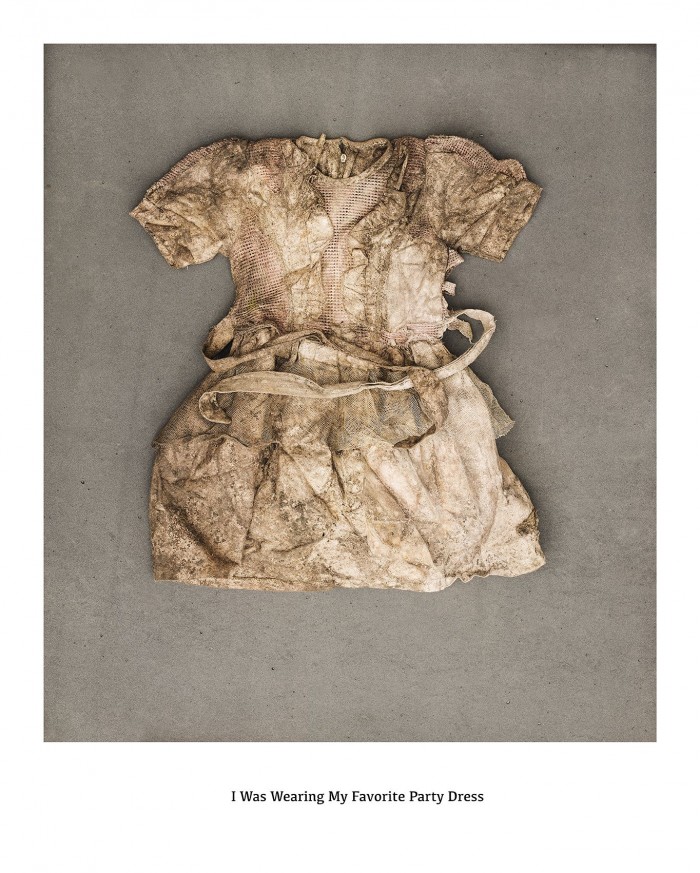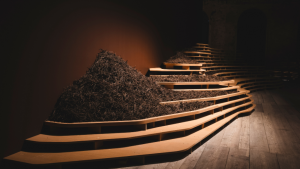Zimbabwean-born photographer Barry Salzman began his journey into the world of photography during the historic anti-Apartheid uprisings. His family fled Zimbabwe and came to South Africa on the eve of the Soweto Uprisings of 1976.
His interest in photography grew out of the idea of using the camera as a device to explore, grapple with and make sense of complex societal issues.
“I started shooting in CrossRoads, which is one of the informal settlements in Cape Town. It was really this way of using the camera as a device to sort of access people and places,” says Salzman.
A lot of Salzman’s work focuses on areas of genocide and suffering.
Over the past seven years his work has been addressing the landscapes of genocide through an abstract perspective. His photographic series The Last Mile to Sobibor, captured on a train on the last mile of train track to the Sobibor Concentration Camp in Poland, is made up of abstract and underexposed images.
Salzman explains: “I think that abstraction, for me, is a way of giving you more access into the pictures as opposed to documentary landscape where you can say oh that was there, I’m here or that was then, this is now.”
Documenting areas of genocide led him to Rwanda, a country that marked the 25th Annivesary since the end of the Rwandan genocide.
It was during a few days upon arriving in Rwanda last year that news broke that a new mass grave had been discovered filled with victims from the genocide. During the excavation of the site piles of clothes were removed from the site.
Being so moved and haunted by this scene, Salzman was granted permission to separate the clothing pieces and document them individually.
"I photographed each one individually because to me I was photographing the person. It didn’t feel like a still life project. It felt like some of the items of clothing were gender non-specific but in my head I knew I was shooting a little boy or little girl. I mean I really felt like I was shooting portraits,” says Salzman.
Titled The Day I Became Another Genocide Victim, the series is made up of 99 images of clothing pieces.
Each photograph is accompanied by a caption describing the item of clothing from the perspective of the victim.
“I chose one hundred images because a story I was told by one of the genocide survivors describes how the only way she survived was by pretending to be dead under a pile of bloodied bodies and she froze dead still and she could hear the murderers talking and the one said to the other, 'I’ll just need one more and I’ll have a hundred',” says Salzman.
He adds: “When you’re shooting this thing that is infinite in its scale, you think, do you shoot one garment or do you shoot a hundred thousand garments and I decided this number of hundred had relevance as a way of acknowledging the experience of the survivor.”
The series won the 2018 International Photographer of the Year Award in the Deeper Perspective category at the International Photography Awards.
His latest project titled ‘The Other Side of Christmas’ focuses on the disillusion and dissatisfaction of the American people. The series challenges the notion of the American dream and the idea that perhaps the grass isn’t always greener on the other side.
The series exhibit opens on the 7 November 2019 at the Deepest Darkest Gallery in Cape Town.
Read more:
Ghanaian photographer Lawrence Agyei on the power of photography










